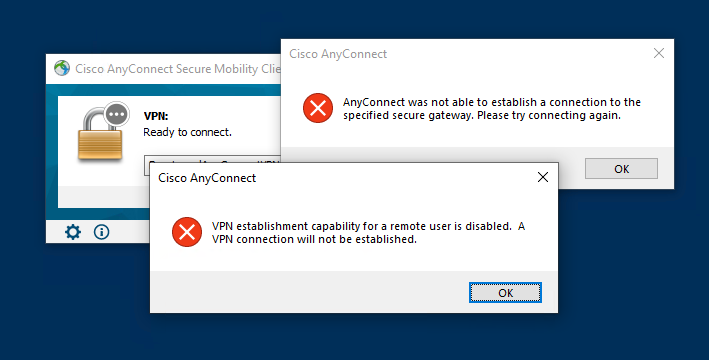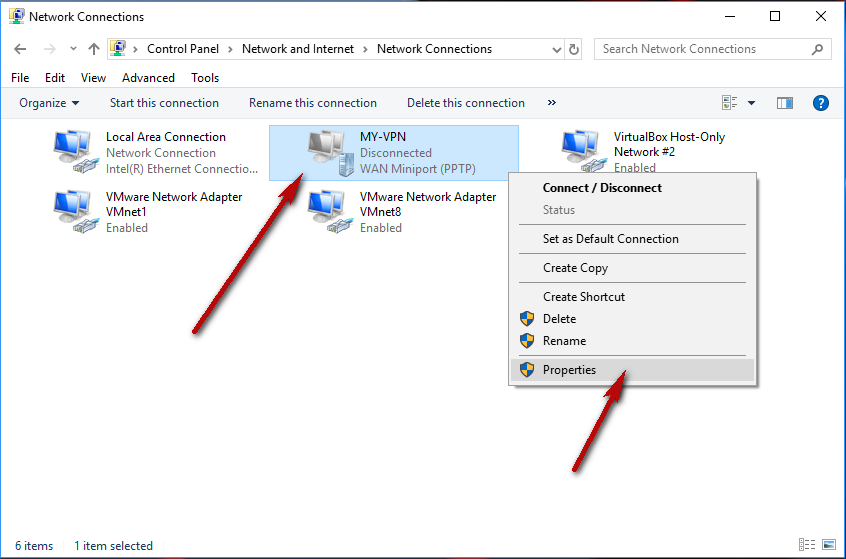
◦Each registry key within Products is an alphanumeric string. Within the Products folder, locate and delete the registry key which contains product information for.

Browse to the following location: HKEY_CLASSES_ROOT\Installer\Products\.Make sure to backup registry first, please refer to this support article: Then, you can restore the registry if a problem occurs. For added protection,īack up the registry before you modify it. Therefore, make sure that you follow these steps carefully. However, serious problems might occur if you modify the registry incorrectly. I suggest that you follow these steps to delete the registry keys related to Cisco An圜onnect.ĭisclaimer: The steps below includes system registry modification. When you are connected, you will see the VPN icon (a gray circle and a gold lock) in your system tray.Ĭlick the Cisco An圜onnect VPN Client icon in your system tray.It seems that there are some traces in the registry left even after uninstalling the program. push2, phone3)Ĭlick OK, then authenticate through Duo on your device. alternate device – Add a number to the end of the command you enter in the Duo Method field (e.g.phone – Receive a phone call-you must press a key to verify you received the call.sms – Receive an authentication passcode via text message on your mobile phone. Once you have received the text message, re-enter your NetID and password on the VPN login screen, then enter the passcode in the Second Password field.push – Receive a push notification in the Duo Mobile app on your smart phone or tablet.

In the Duo Method box, enter one of the following commands to indicate how you would like to authenticate with Duo two-factor authentication: Type in then click Connect.Įnter your NetID and password. Click the Cisco An圜onnect Secure Mobility Client to launch the application.



 0 kommentar(er)
0 kommentar(er)
